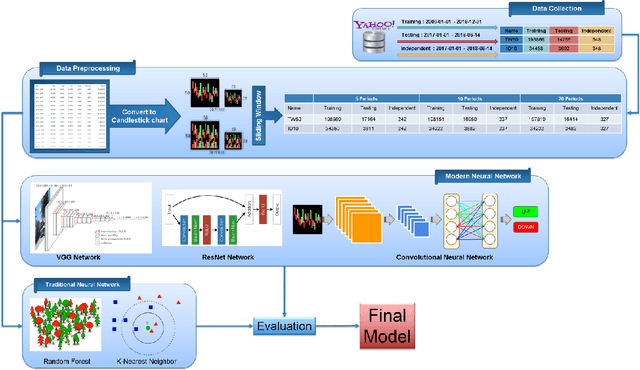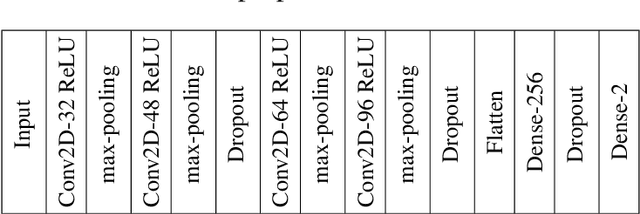Kai-Lung Hua
PixMamba: Leveraging State Space Models in a Dual-Level Architecture for Underwater Image Enhancement
Jun 12, 2024Abstract:Underwater Image Enhancement (UIE) is critical for marine research and exploration but hindered by complex color distortions and severe blurring. Recent deep learning-based methods have achieved remarkable results, yet these methods struggle with high computational costs and insufficient global modeling, resulting in locally under- or over- adjusted regions. We present PixMamba, a novel architecture, designed to overcome these challenges by leveraging State Space Models (SSMs) for efficient global dependency modeling. Unlike convolutional neural networks (CNNs) with limited receptive fields and transformer networks with high computational costs, PixMamba efficiently captures global contextual information while maintaining computational efficiency. Our dual-level strategy features the patch-level Efficient Mamba Net (EMNet) for reconstructing enhanced image feature and the pixel-level PixMamba Net (PixNet) to ensure fine-grained feature capturing and global consistency of enhanced image that were previously difficult to obtain. PixMamba achieves state-of-the-art performance across various underwater image datasets and delivers visually superior results. Code is available at: https://github.com/weitunglin/pixmamba.
Towards More General Video-based Deepfake Detection through Facial Feature Guided Adaptation for Foundation Model
Apr 08, 2024



Abstract:With the rise of deep learning, generative models have enabled the creation of highly realistic synthetic images, presenting challenges due to their potential misuse. While research in Deepfake detection has grown rapidly in response, many detection methods struggle with unseen Deepfakes generated by new synthesis techniques. To address this generalisation challenge, we propose a novel Deepfake detection approach by adapting rich information encoded inside the Foundation Models with rich information encoded inside, specifically using the image encoder from CLIP which has demonstrated strong zero-shot capability for downstream tasks. Inspired by the recent advances of parameter efficient fine-tuning, we propose a novel side-network-based decoder to extract spatial and temporal cues from the given video clip, with the promotion of the Facial Component Guidance (FCG) to guidencourage the spatial feature to include features of key facial parts for more robust and general Deepfake detection. Through extensive cross-dataset evaluations, our approach exhibits superior effectiveness in identifying unseen Deepfake samples, achieving notable performance improvementsuccess even with limited training samples and manipulation types. Our model secures an average performance enhancement of 0.9% AUROC in cross-dataset assessments comparing with state-of-the-art methods, especiallytablishing a significant lead of achieving 4.4% improvement on the challenging DFDC dataset.
Using Deep Learning Neural Networks and Candlestick Chart Representation to Predict Stock Market
Feb 26, 2019



Abstract:Stock market prediction is still a challenging problem because there are many factors effect to the stock market price such as company news and performance, industry performance, investor sentiment, social media sentiment and economic factors. This work explores the predictability in the stock market using Deep Convolutional Network and candlestick charts. The outcome is utilized to design a decision support framework that can be used by traders to provide suggested indications of future stock price direction. We perform this work using various types of neural networks like convolutional neural network, residual network and visual geometry group network. From stock market historical data, we converted it to candlestick charts. Finally, these candlestick charts will be feed as input for training a Convolutional Neural Network model. This Convolutional Neural Network model will help us to analyze the patterns inside the candlestick chart and predict the future movements of stock market. The effectiveness of our method is evaluated in stock market prediction with a promising results 92.2% and 92.1% accuracy for Taiwan and Indonesian stock market dataset respectively. The constructed model have been implemented as a web-based system freely available at http://140.138.155.216/deepcandle/ for predicting stock market using candlestick chart and deep learning neural networks.
 Add to Chrome
Add to Chrome Add to Firefox
Add to Firefox Add to Edge
Add to Edge